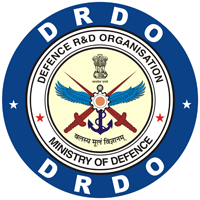Retinex Algorithm with Reduced Halo Artifacts
DOI:
https://doi.org/10.14429/dsj.61.753Keywords:
Color image enhancement, Color constancy, Dynamic range compression, Gaussian surround function, Lightness number, Halo Artifacts, Multi-scale Retinex.Abstract
Retinex image enhancement technique is an attempt to model human vision system. Scope of this nonlinear enhancement algorithm is immense which makes it a powerful algorithm. The most important application of Retinex algorithm is the development of visibility improvement system for helping drivers with poor vision at night and bad weather condition1-9. The algorithm is extensively used in Langley Research Centre, NASA, and DLR, Germany for their technology demonstrator projects of development of enhanced vision system for NASA 757 aircraft. The algorithm is also extensively used in medical image processing area in the TruView Imaging Company formed by the scientists of NASA who worked extensively for the development of this algorithm10-11. This paper presents the work done on Retinex so far and proposes a method to reduce the halo artifacts for better performance of human vision system.
Defence Science Journal, 2011, 61(6), pp.559-566, DOI:http://dx.doi.org/10.14429/dsj.61.753
Downloads
Published
How to Cite
Issue
Section
License
 Where otherwise noted, the Articles on this site are licensed under Creative Commons License: CC Attribution-Noncommercial-No Derivative Works 2.5 India
Where otherwise noted, the Articles on this site are licensed under Creative Commons License: CC Attribution-Noncommercial-No Derivative Works 2.5 India

